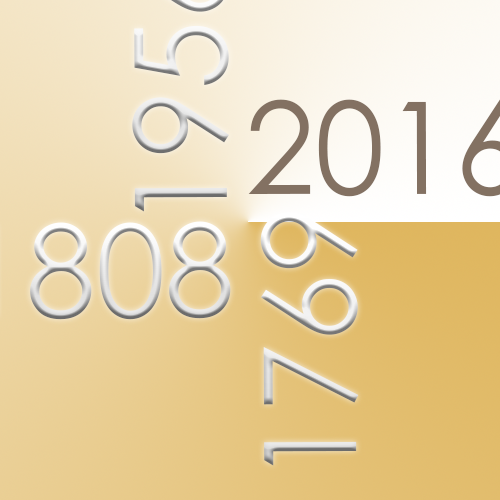Another neck-breaking session in amongst the musty old tomes at the archives in Carcassonne today.
The reading room is light, airy and really modern, yet behind THAT door (where only the staff get to go!) is probably another world altogether.
It’s a really marvellous place – not the sort of building you would expect to house such a huge mass of ancient archive material.
Searching the history of an old house is done in many stages, and mine’s no exception.
In the UK, we can look at the old census records after 100 years, which shows the number, the street, family name, profession, date of birth etc.
They have the same census records here in France, but not only were the houses not numbered in rural areas until about 2000, the street names dont appear either! So you can see your target family living somewhere in the village, but it’s impossible to link them to a specific house. Really annoying.
There’s such a lot of material to look through, translate, and understand, it’s a bit like a Sudoku puzzle piecing it all together. One little snippet you think may help after searching for 30 fruitless minutes, is hastily jotted down or photographed. Information is easily missed simply because you’re constantly scanning without really thinking.
I have some of the more recent owners, but the goal today was to go through the old ‘matrices’ – these are books of the communes tax collection accounts, for houses, outbuildings and land. The cadastral plot number can be found, along with the owner, how much they paid, and other property or land they own.
There are three for the commune dating back to the earliest one produced in 1828, when the Napoleonic cadastre was drawn and numbered.
I haven’t the definitive answer as to the original owner of the house yet, but it very certainly points towards a man called either Pierre St Pierre or Raymond St Pierre or their predecessors.
Somebody called ‘St Pierre’ was definitely the owner of the whole house up until 1840. He was obviously important enough not to have his christian name written down as everyone else in the accounts book has! He paid the taxes on the parcelle n°43 – my house.
He also paid the taxes on about another 15 houses – and there were only about 40 in the whole village!
The story about the original owner being a wealthy man is probably spot on. He had acres and acres of vineyards too.
From a document I read dated 1749, these two guys owned a vast majority of St Frichoux. I’ve more work to do to pin that down precisely.
The weird thing is that the listing in the book shows two entries for the same house. One is listed underneath the other, and I still haven’t found out why exactly.
Several bigger houses seem to be listed in the same way – Maison, then underneath Sol de Maison. ‘Sol’ means the ground floor in this context, so he was taxed for the ground floor and the first floor separately. I need to find out why that was the case. Maybe houses generally had only one floor for living and another for animals or storage and therefore weren’t taxed?
Update/ / The bottom floor and top floors of a village house were taxed at different rates so they appear on separate lines on the ledger.
Below is the entry from that matrice – I’ve overwritten in blue in English so that its a little clearer to understand.

He paid 328,49 tax in Old Francs for the Ground Floor, and 446,93 Old Francs for the First Floor.
I’ll publish in the next blog a list of the owners I have to date – there are 11 including me.

One response to “Original House Owner – Update”
Looks like you are becoming the local / village historian 😉
Thought you were working on the house haha…
Interesting though, nice to work through the cadastral ledgers.
Would sol de maison not be the tax for the ground the house were standing on and the house the actual building?